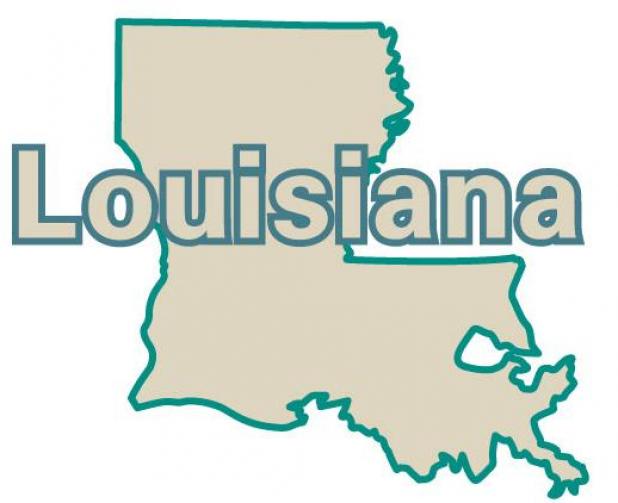
Plan to save turtles from shrimp nets scaled way back
NEW ORLEANS (AP) — A plan to make more shrimpers include sea turtle escape hatches in their nets has been vastly scaled back, federal regulators announced Thursday, potentially contributing to the deaths of more than 1,000 of the animals each year.
The National Oceanic and Atmospheric Administration announced a rule that would apply to fewer than 1,100 inshore shrimp boats in the Gulf of Mexico and along the southeast Atlantic coast. About 5,800 boats would have been affected by a rule proposed in 2016.
“The new ... requirements are designed specifically to help exclude small sea turtles that frequently occur in shallow, coastal waters where skimmer trawls operate,” the agency said in a news release.
Instead of requiring the metal grates in three kinds of inshore nets, they’ll be required only in the most numerous, called skimmer trawls. And only boats at least 40 feet (12.2 meters) long will need the grids called turtle excluder devices, or TEDs.
The new rule will take effect April 1, 2021, along the coast from Texas to North North Carolina, and will save as many as 1,160 sea turtles a year, NOAA said. That’s more than 1,300 fewer than the estimate for the 2016 proposal.
“NOAA’s new excluder rule is a dangerous departure from the path it had been on toward saving sea turtles from nets,” said Jaclyn Lopez, Florida director with the Center for Biological Diversity.
She said the group will investigate why NOAA “abruptly and without notice” made such a big change to its earlier proposal before deciding whether to challenge the new rule in court.
“We’re scratching our heads on why this change happened,” said Gib Brogan, fishery campaign manager for Oceana, which sued to get the devices into inshore shrimp nets in NOAA’s Southeast Region.
Brogan said the requirements are a step in the right direction, but fall short. Like Lopez, he said his group will study the matter before deciding whether legal action is needed.
Shrimper Joe Barbaree said he hadn’t heard of the changes but TEDs would still be imposed on too many shrimpers.
The devices have been required for decades on large offshore shrimp boats, but shrimpers have said they could be difficult to operate safely on smaller boats that work in inshore waters.
Turtle excluder devices have metal bars set 4 inches (10 centimeters) apart on a vertical slant to deflect anything bigger to an opening at the top of the net. To protect smaller turtles, skimmer net TEDS will have 3-inch (7.6-centimer) openings, NOAA said.
The devices are currently required only on the most common shrimp nets, mesh funnels known as otter trawls that are generally used offshore. Three other kinds of shrimp trawls are used in shallower water.
The most common of those are skimmer nets, used on more than 5,400 vessels. The others include one called wing nets or butterfly trawls; and another called pusher-head trawls or chopstick rigs.
Shrimpers using any of those nets don’t currently have to use TEDs if they empty their nets after 55 minutes of trawling. Otter trawls may be pulled for hours.
Under current rules, shrimpers must look at the nets to check for turtles before lowering them again. Under the new rule, boats which aren’t required to use TEDs will have to empty the nets onto the deck.
Compliance with the trawl length rule already was only about 35% on boats where the captains and crew knew observers were stationed, and the new requirement is unlikely to improve that, Lopez said.
Five sea turtle species, all endangered or threatened, are found in the Gulf of Mexico. Those most often found inshore are Kemp’s ridley, green and loggerhead sea turtles, she said, with an occasional hawksbill or leatherback turtle.
Kemp’s ridley are the most endangered, and are “just starting to show signs of recovery,” Brogan said. “We want to ensure the shrimp fishery isn’t impeding that recovery.”
